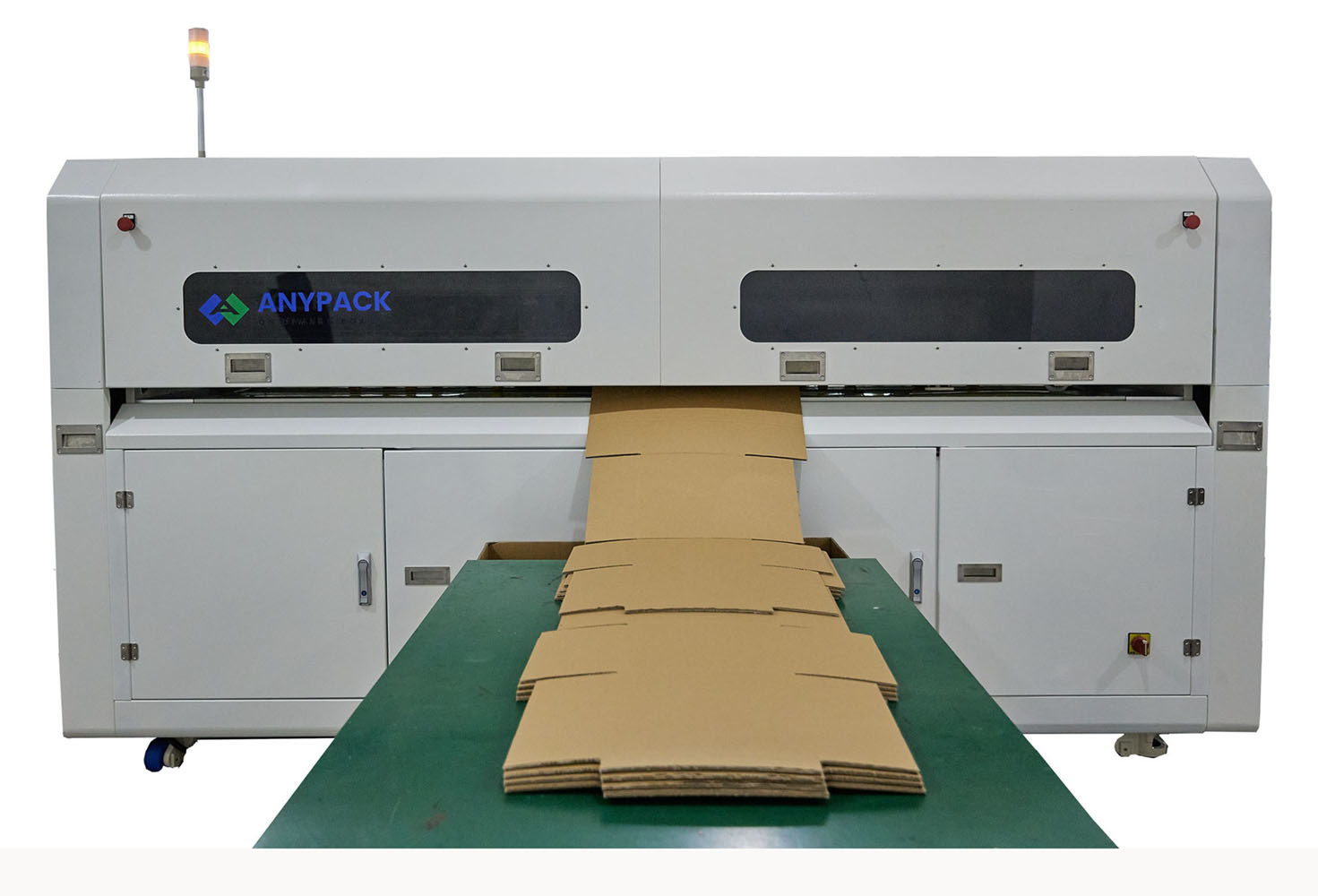Corrugated boxes are an integral part of the packaging industry, playing a crucial role in protecting and transporting goods. Despite their seemingly simple appearance, crafting quality corrugated boxes involves a sophisticated process that combines science, technology, and skilled craftsmanship. In this blog post, we will take a closer look at the intricacies of manufacturing high-quality Corrugated Box Making Machine, exploring the key steps and factors that contribute to their durability and functionality.
- Selection of Raw Materials:
The foundation of any quality corrugated box lies in the selection of superior raw materials. The primary components include linerboard and corrugating medium. Linerboard forms the outer layers of the box, providing strength and rigidity, while the corrugating medium, situated between the linerboard layers, adds the crucial corrugated structure. The quality of these materials significantly influences the box’s overall strength and durability.
- Corrugating Process:
The corrugating process is where the magic happens. The corrugating medium is heated and formed into a series of parallel arches, creating the characteristic corrugated shape. These arches provide strength and flexibility to the box, enabling it to withstand external pressures and protect the contents. The corrugating process is a delicate balance of heat, pressure, and precision, ensuring uniformity and consistency in the final product.
- Adhesive Application:
Once the corrugated medium is formed, it is bonded to the linerboard using a specialized adhesive. The choice of adhesive is crucial, as it must provide a strong and durable bond without compromising the box’s integrity. Modern manufacturing processes often employ environmentally friendly adhesives to meet sustainability standards.
- Cutting and Creasing:
After the corrugated board is formed, it undergoes precision cutting and creasing to shape it into the desired box dimensions. Computer-controlled machinery ensures accuracy in every cut, resulting in boxes with precise dimensions. Creasing facilitates easy folding and forming of the box during the assembly process.
- Printing and Coating:
For branding and information purposes, corrugated boxes often undergo printing. High-quality printing and coating processes not only enhance the aesthetic appeal but also contribute to the box’s resistance against moisture and external elements. This step is crucial for boxes used in industries where visual appeal and branding are essential.
- Quality Control:
Throughout the manufacturing process, rigorous quality control measures are implemented to identify and rectify any defects or inconsistencies. Automated systems and skilled inspectors work together to ensure that each corrugated box meets the highest standards before it reaches the customer.
- Customization and Innovation:
As consumer preferences and packaging requirements evolve, the corrugated box industry continues to innovate. Manufacturers now offer a wide range of customization options, from different box styles to printing techniques, allowing businesses to create packaging solutions that align with their brand identity and product specifications.
